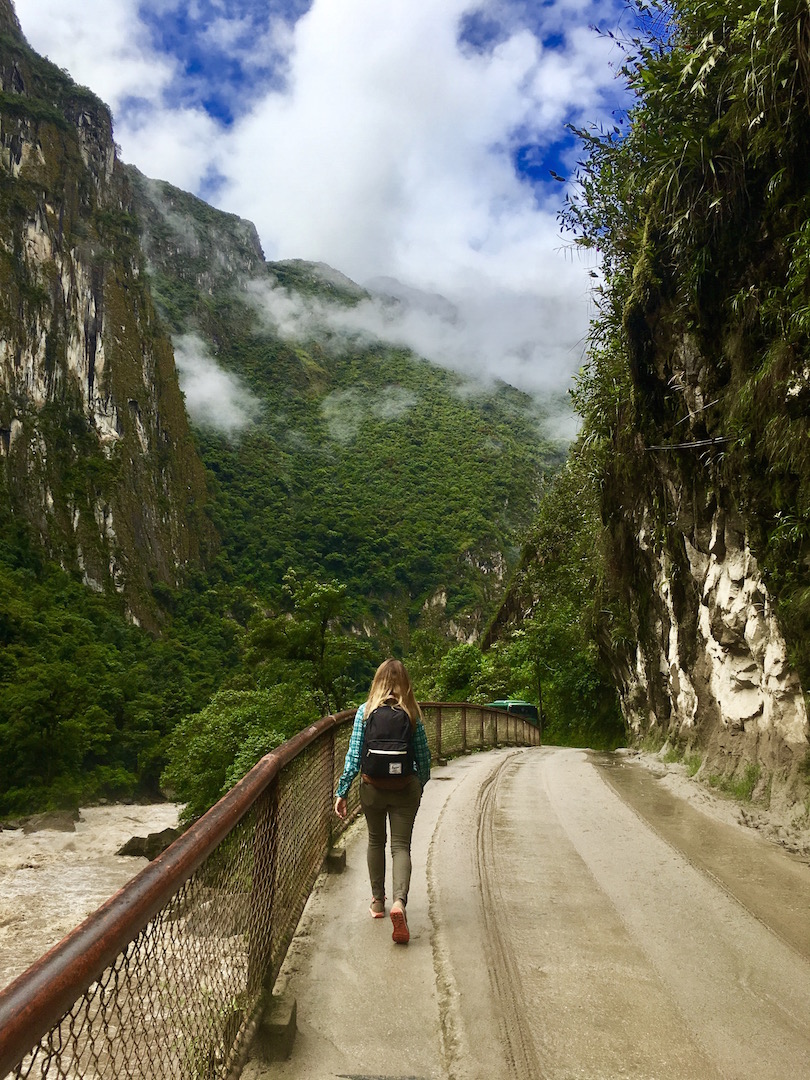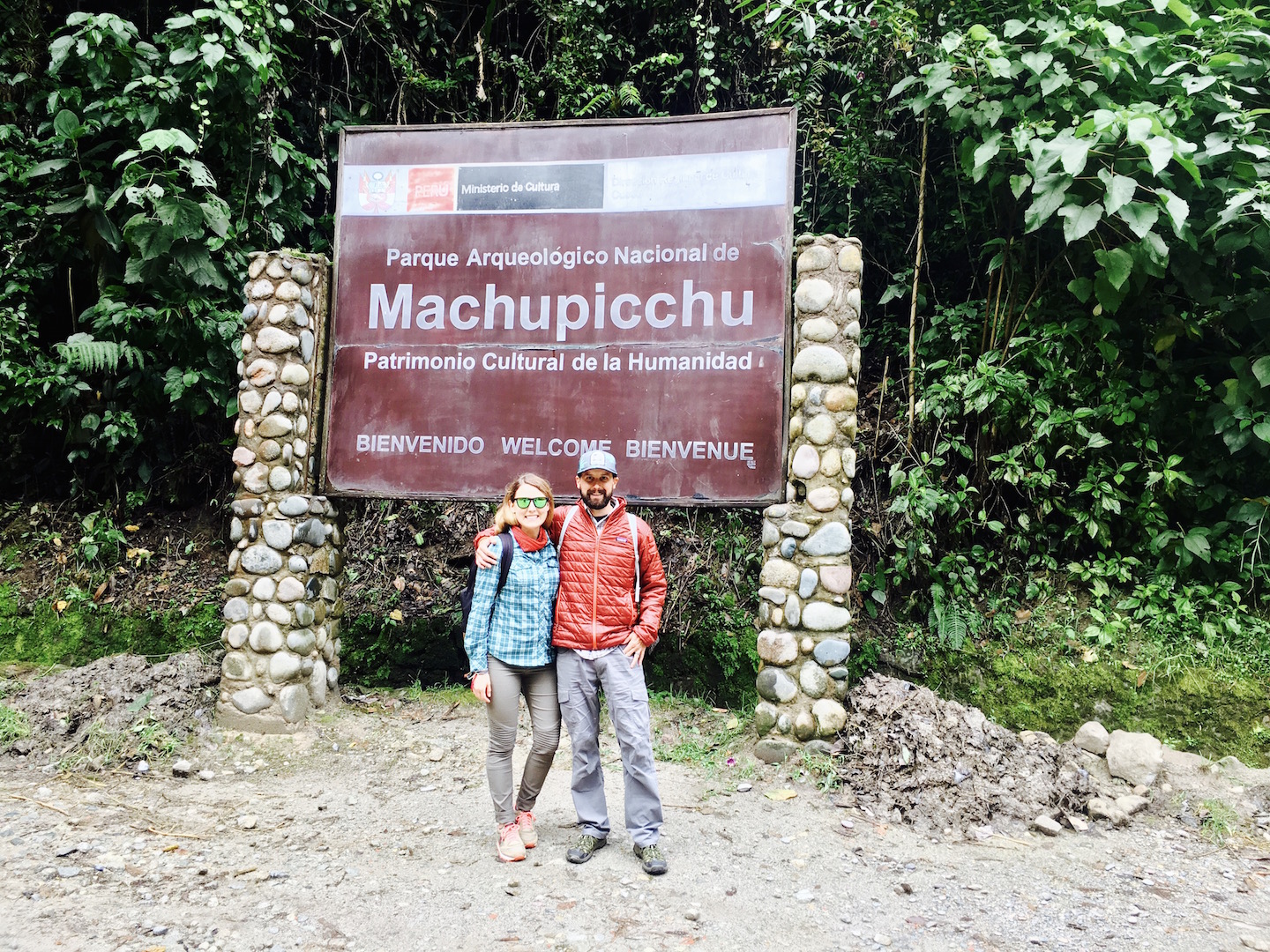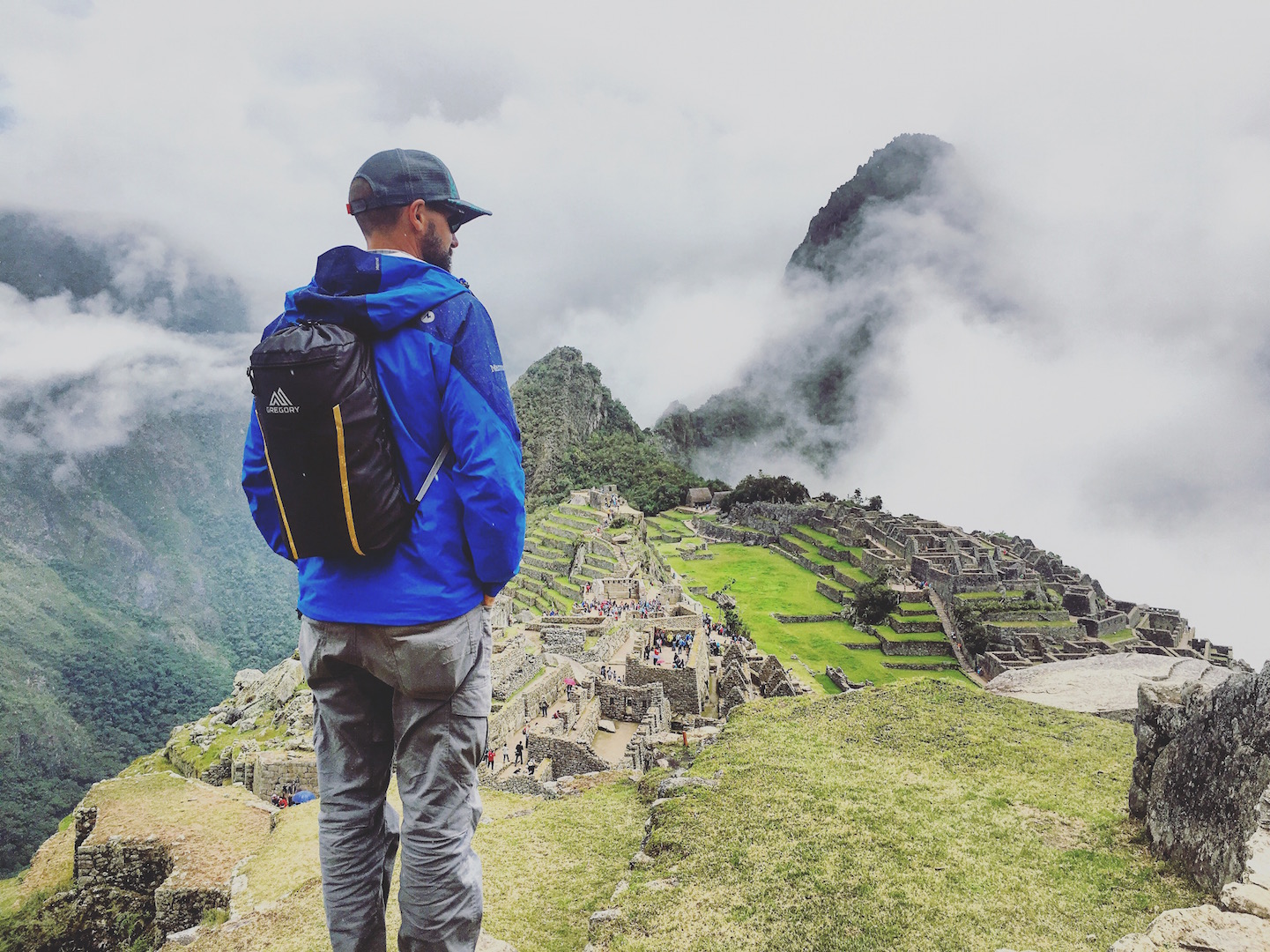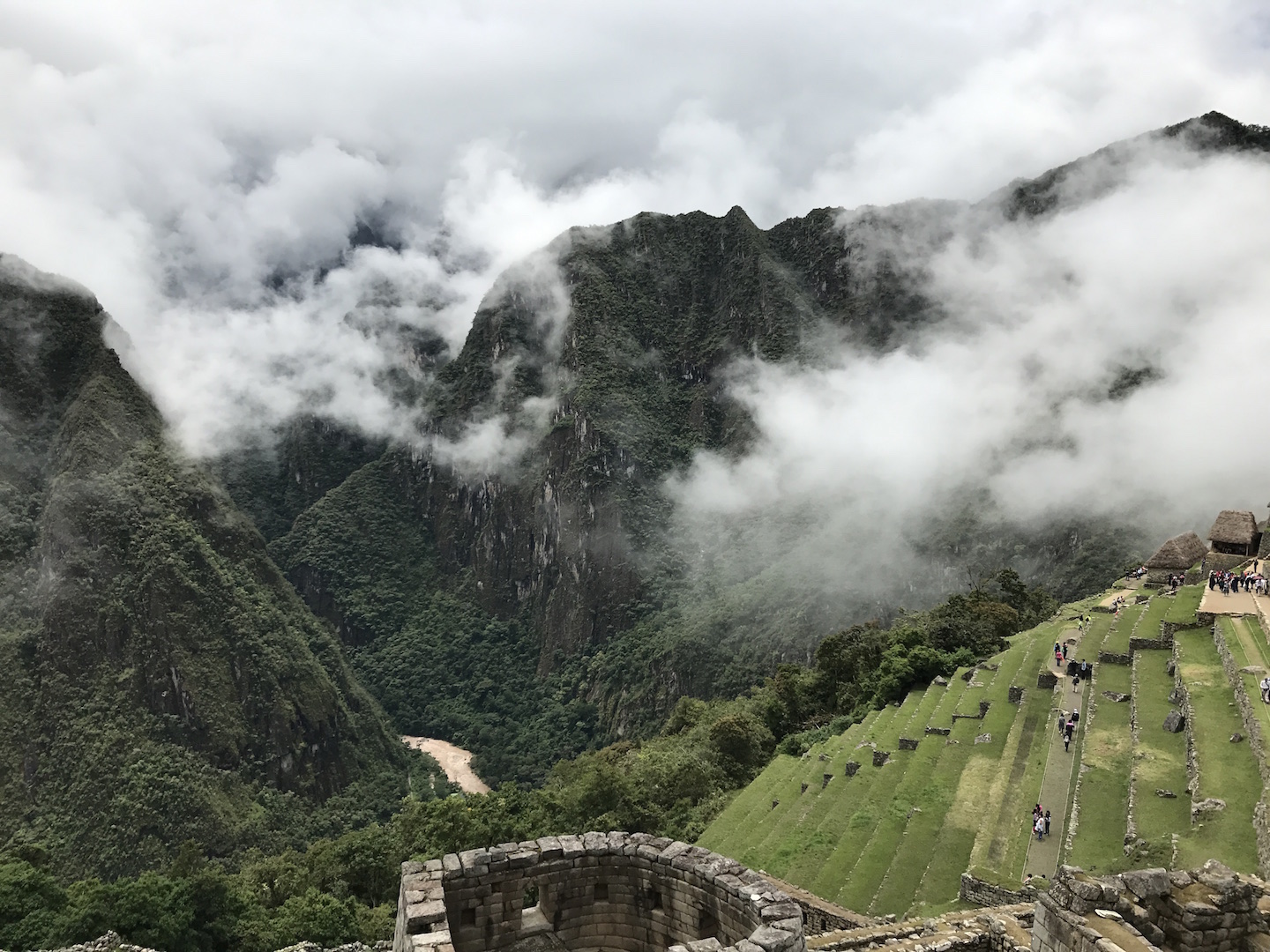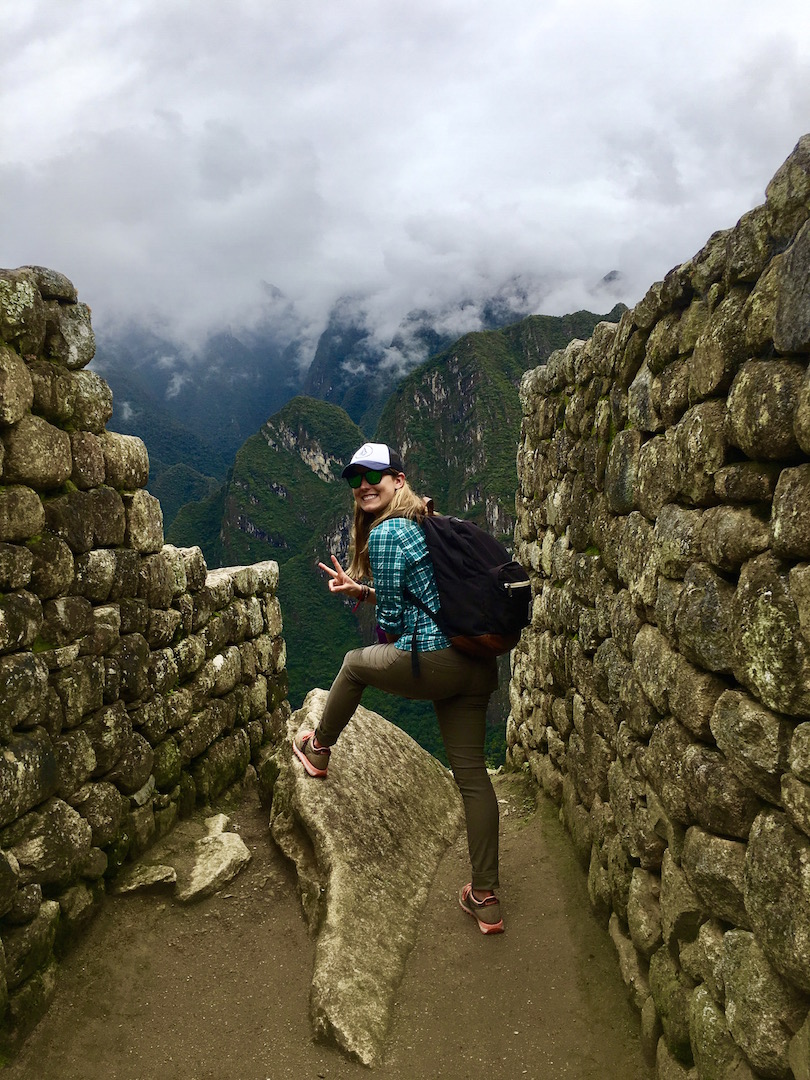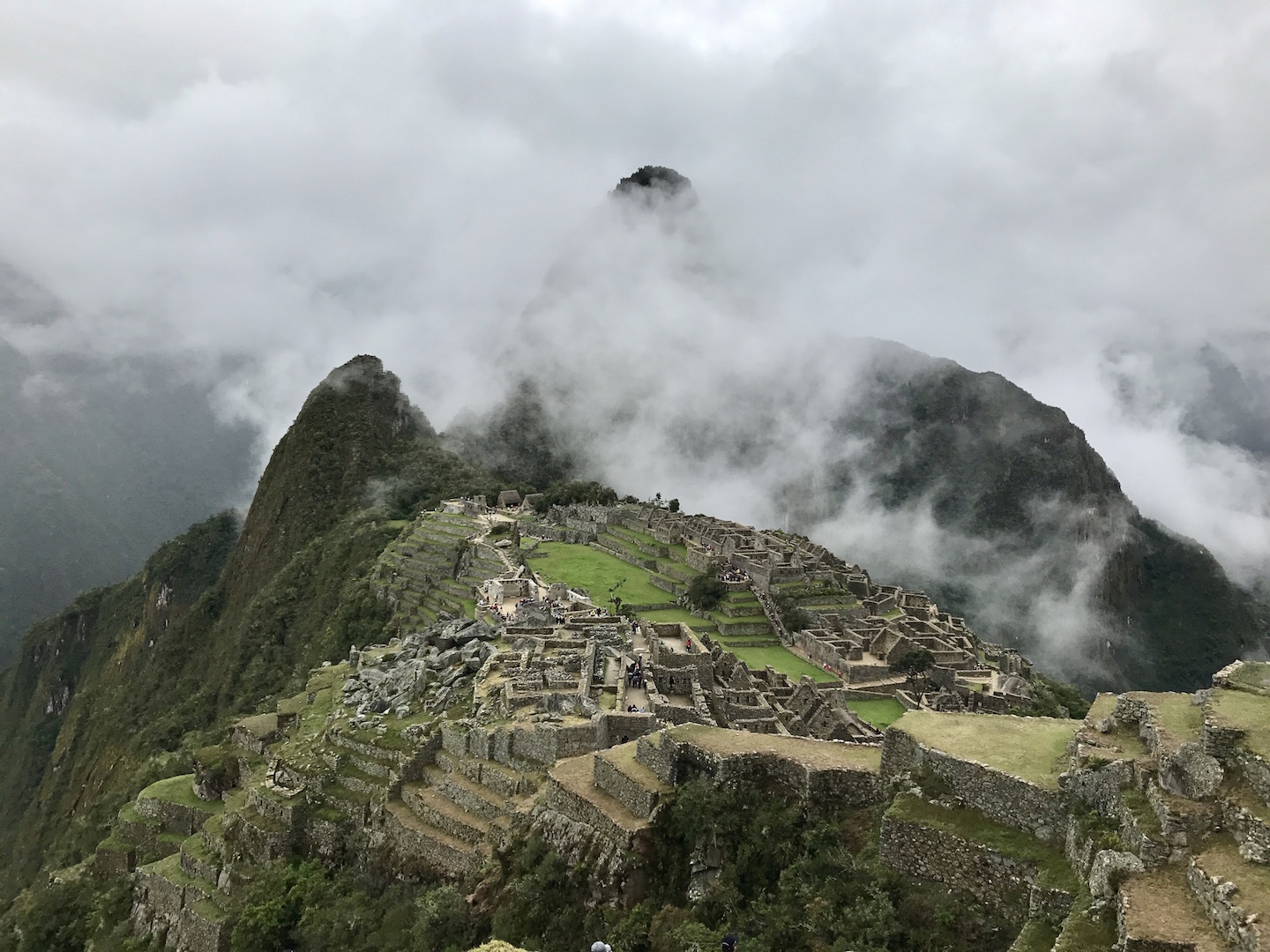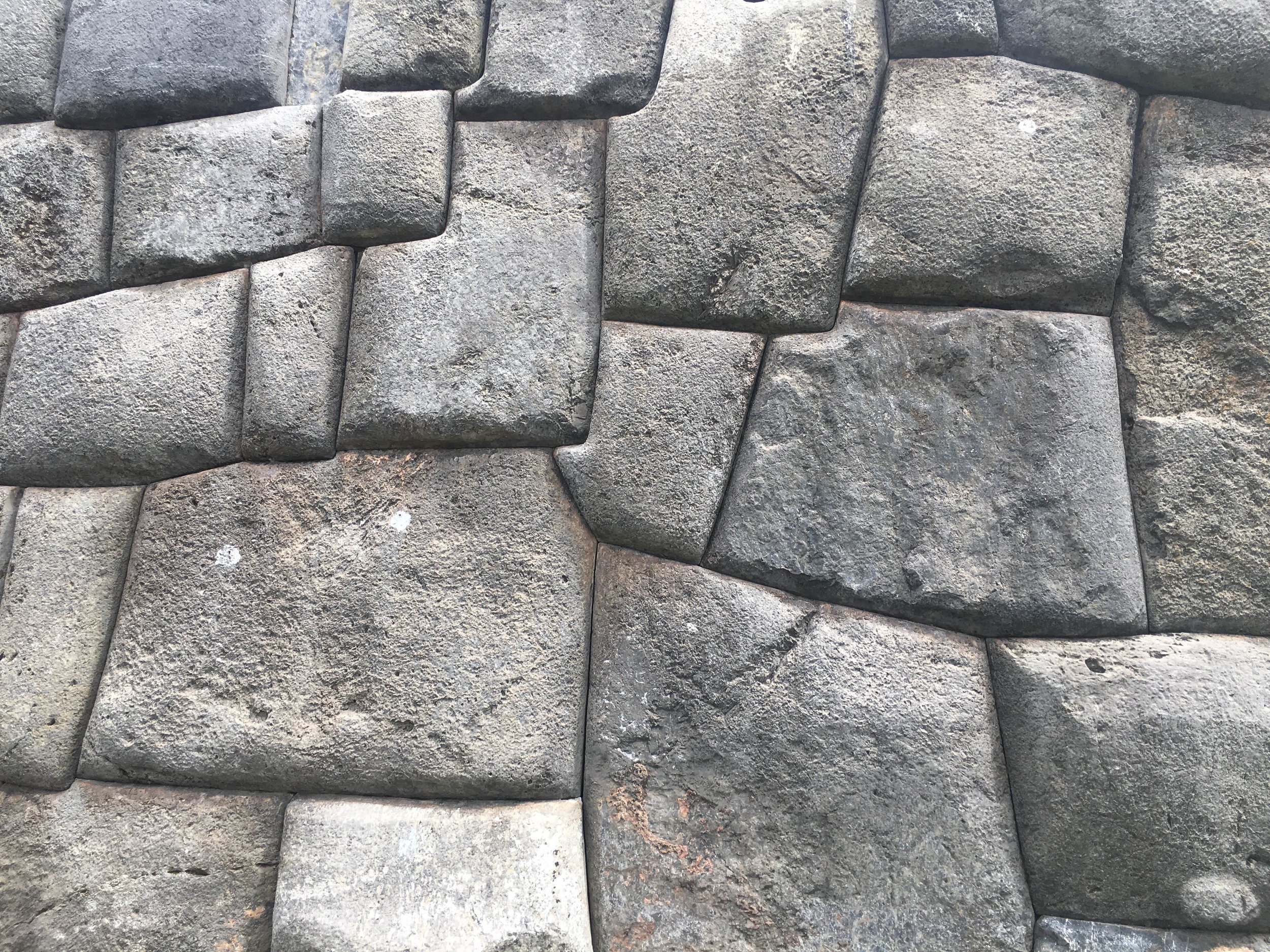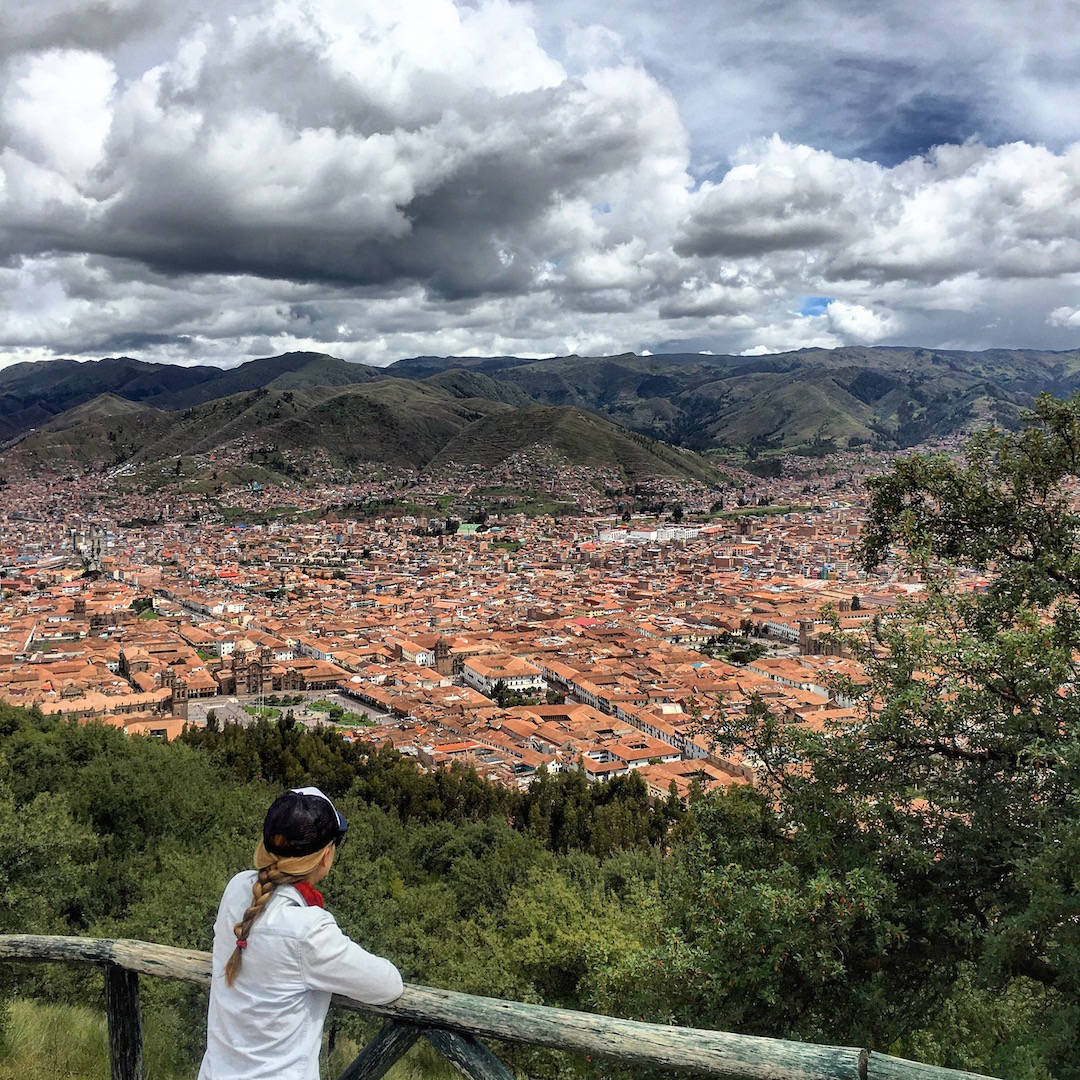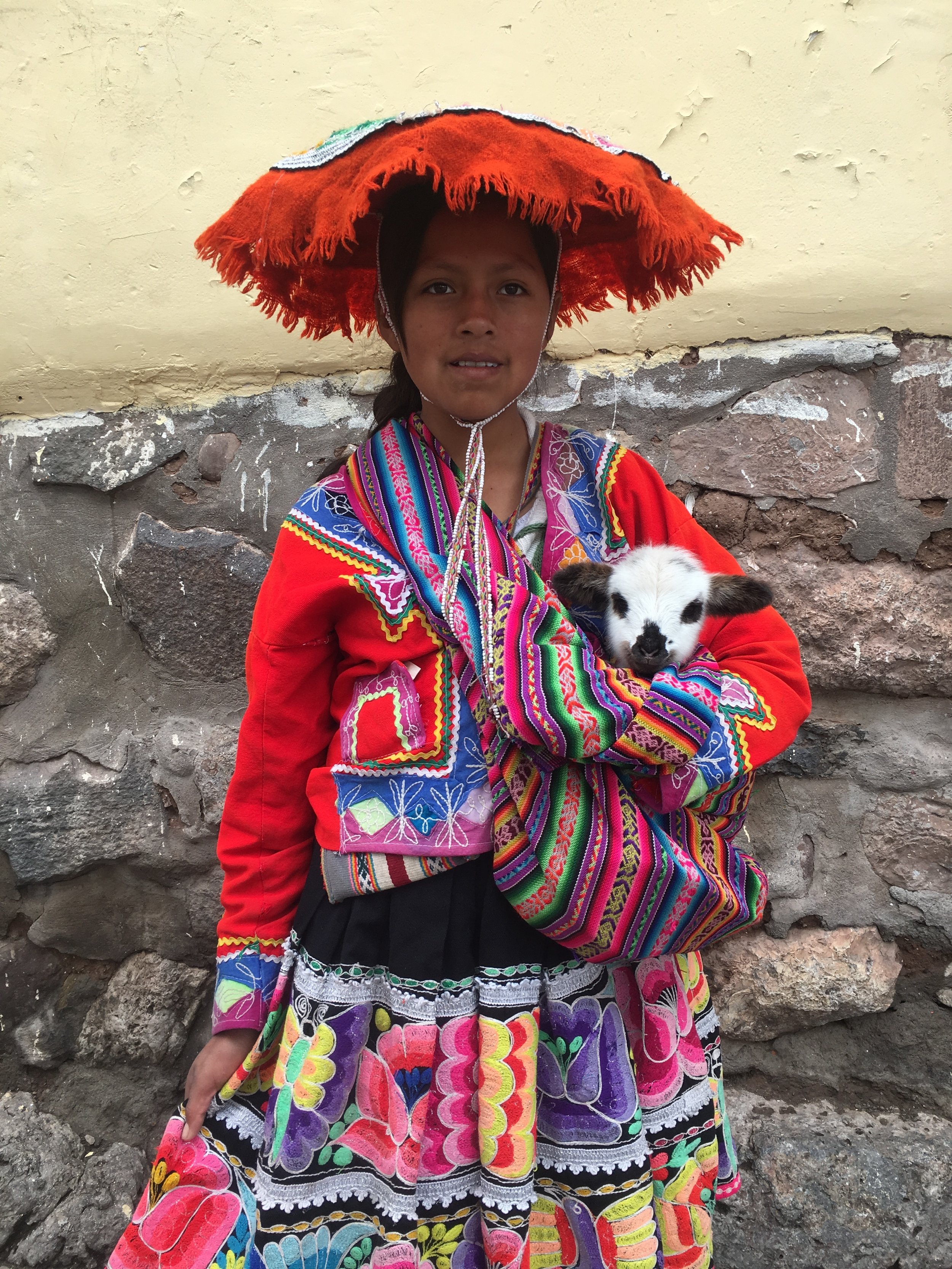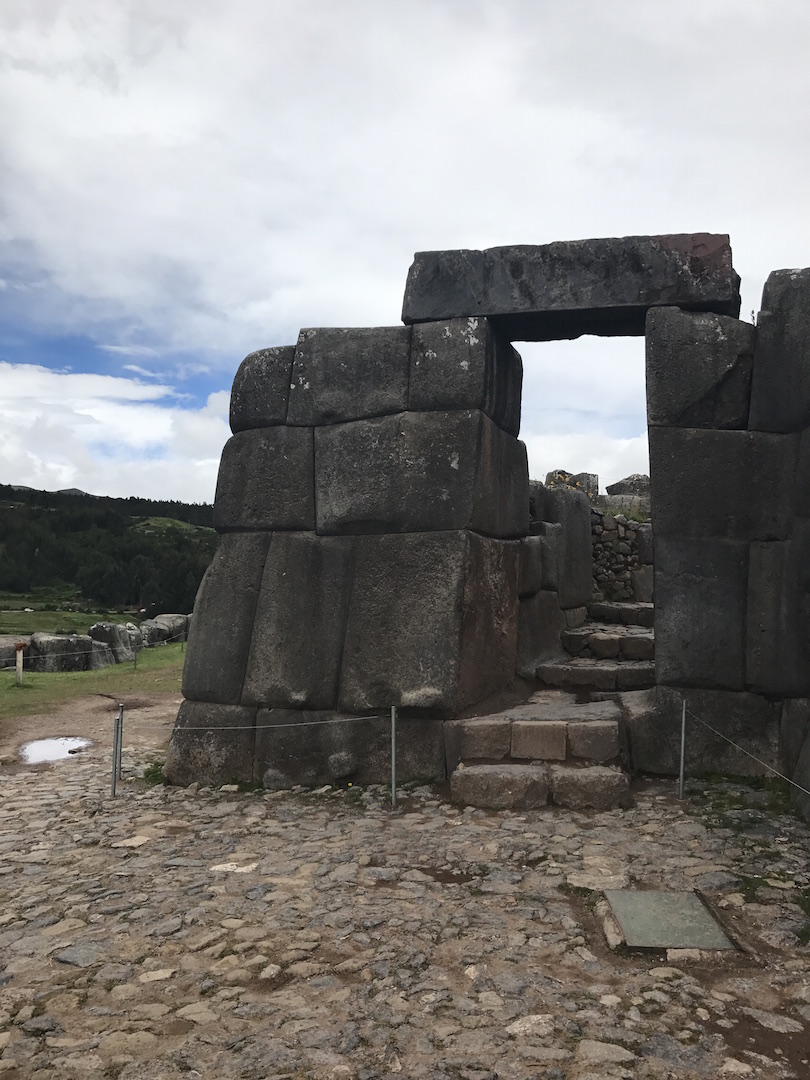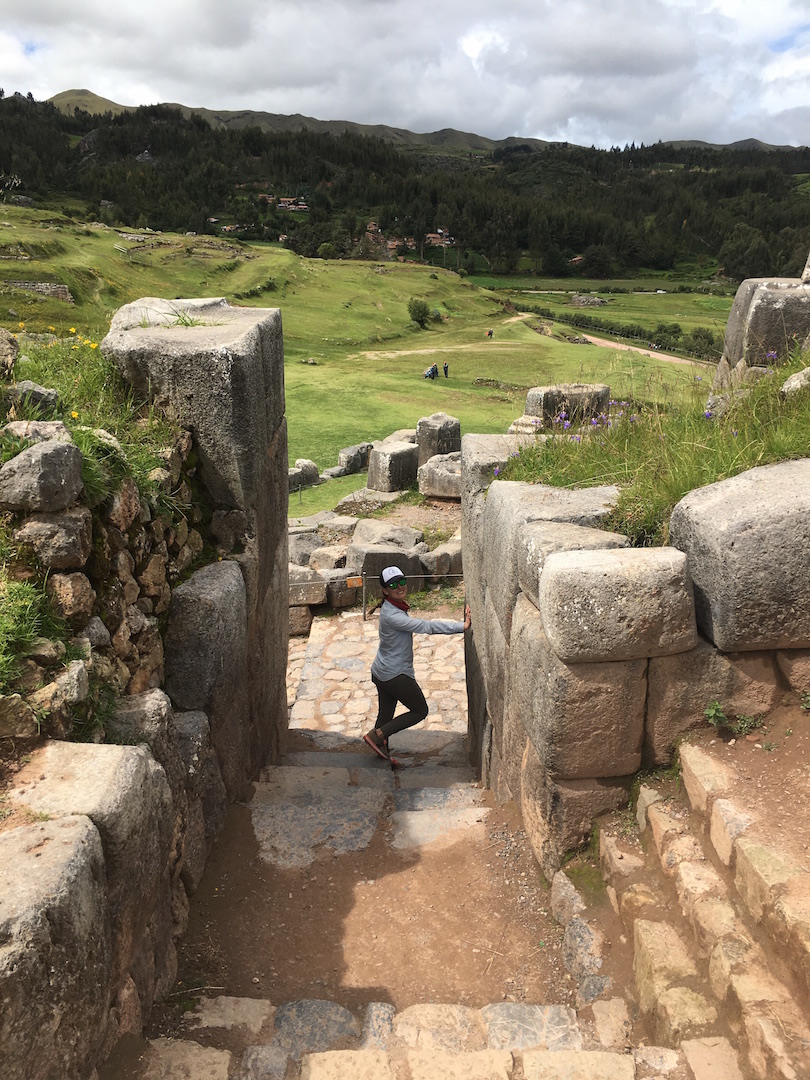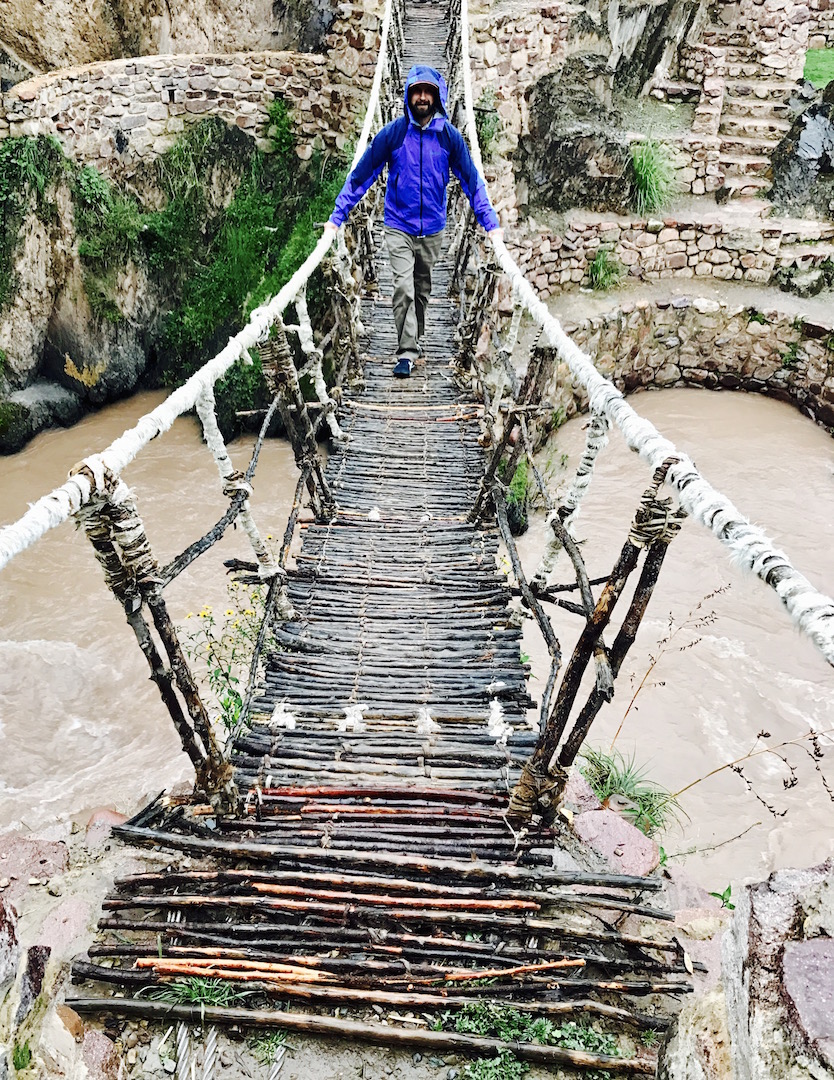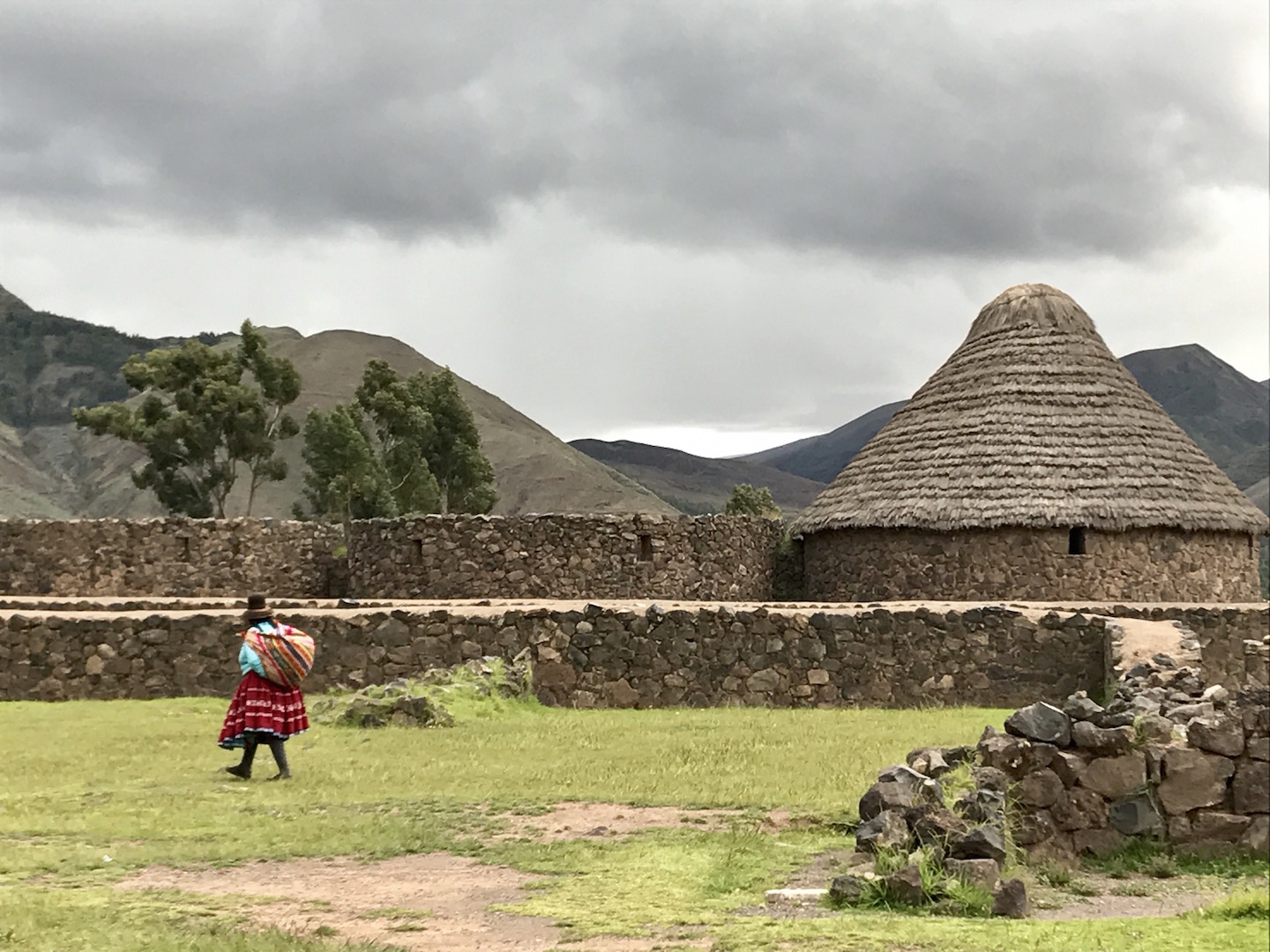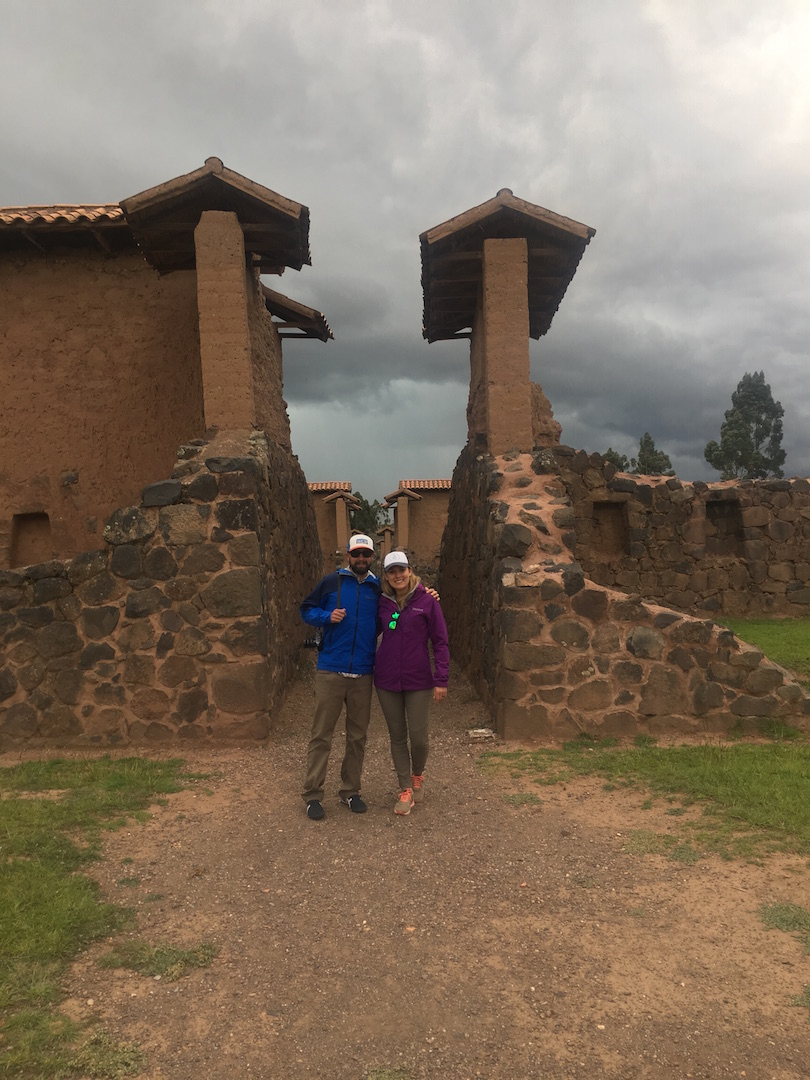Cusco // Sacred Valley // Machu Picchu, Peru
Villages to city life. So, we left our little slice of heaven in Lake Titicaca for Cusco. After a 6 hour bus ride, we made it to the city. Cusco has about 400,000 people and sits on the eastern part of the Andes mountain range. While Cusco is not as high as Lake Titicaca, it is still 11,000 feet above sea level. Used as a gateway to the Sacred Valley and Machu Picchu, Cusco is bustling with tourists and backpackers. The city is also home to the Inca ceremonial fortress, Sacsayhuaman or Saqsaywaman or the butchered English version pronounced Sexy Woman. No women, no sexiness, just a whole lot of meticulous stonework. Anyway, moving on. The Sacsayhuaman site was my first taste of Incan ruins and it is pretty mind boggling, I must say. Take a look at the picture of the stone wall below and you’ll see what I mean. Crazy.
Mother earth. After one night we were ready to escape city life again. We headed out to what is called the Sacred Valley or Valle Sagrado de los Incas. This area is rich with archeological sites as well as agriculture due to its position beneath the mountain range. The Sacred Valley is also where you depart for Machu Picchu. With the remnants of the Inca empire sprawling out into this valley, you can certainly understand why it is deemed sacred. In fact, most locals still frequently reference the Inca goddess Pachamama, Mama Pacha, or mother earth. According to this mythology, she reigns over agricultural harvests, the mountains, earthquakes, and basically has the power to sustain life on earth. Pachamama is represented by the snake, puma, and condor to symbolize the past, present, and future. So yeah, Pachamama pretty much runs the show around these parts. In all seriousness, locals still toast/honor her before festivities or meetings. She’s a big deal. Don’t mess with mama.
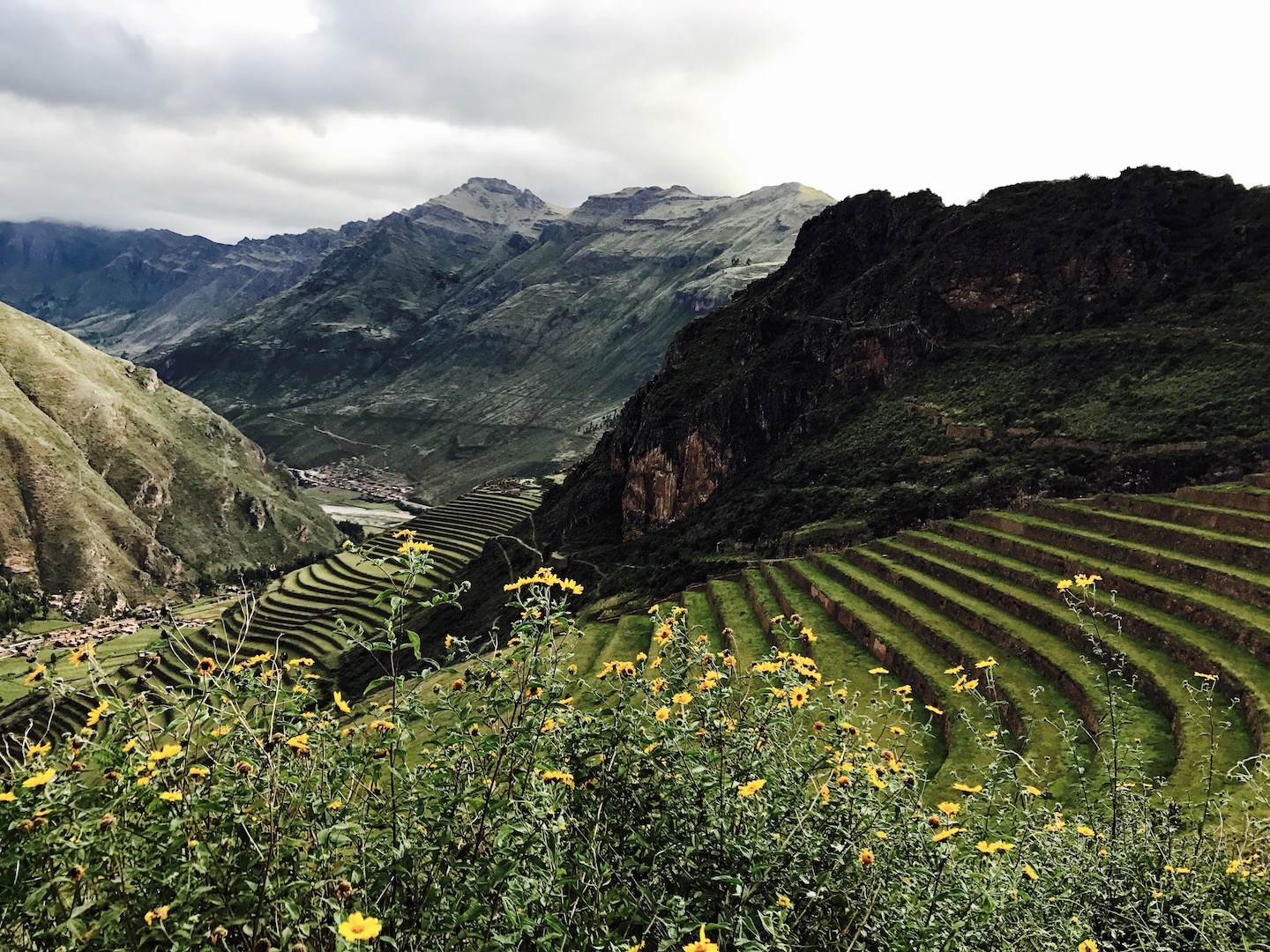
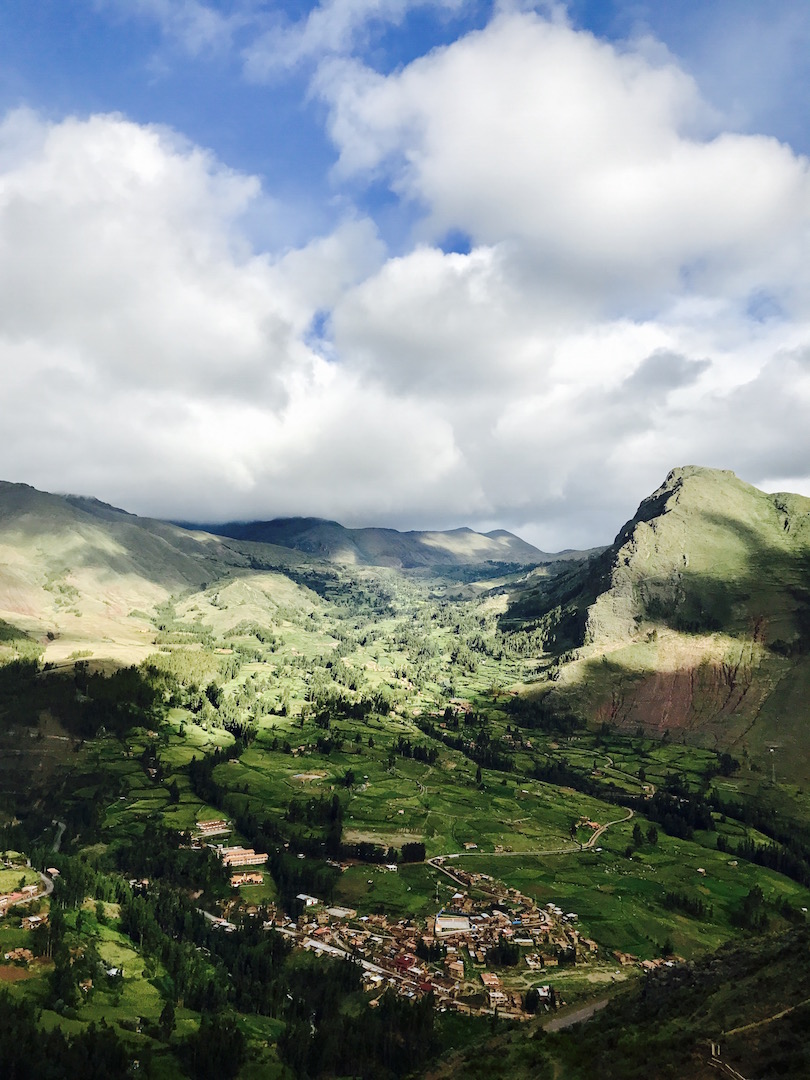
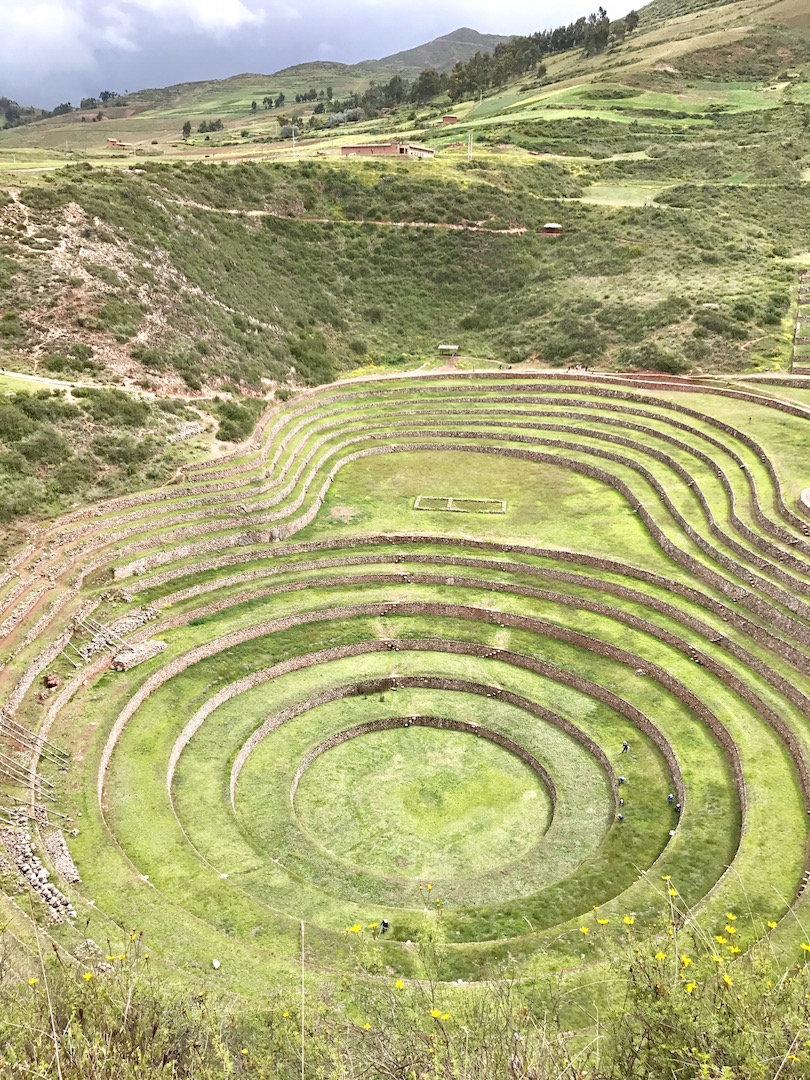
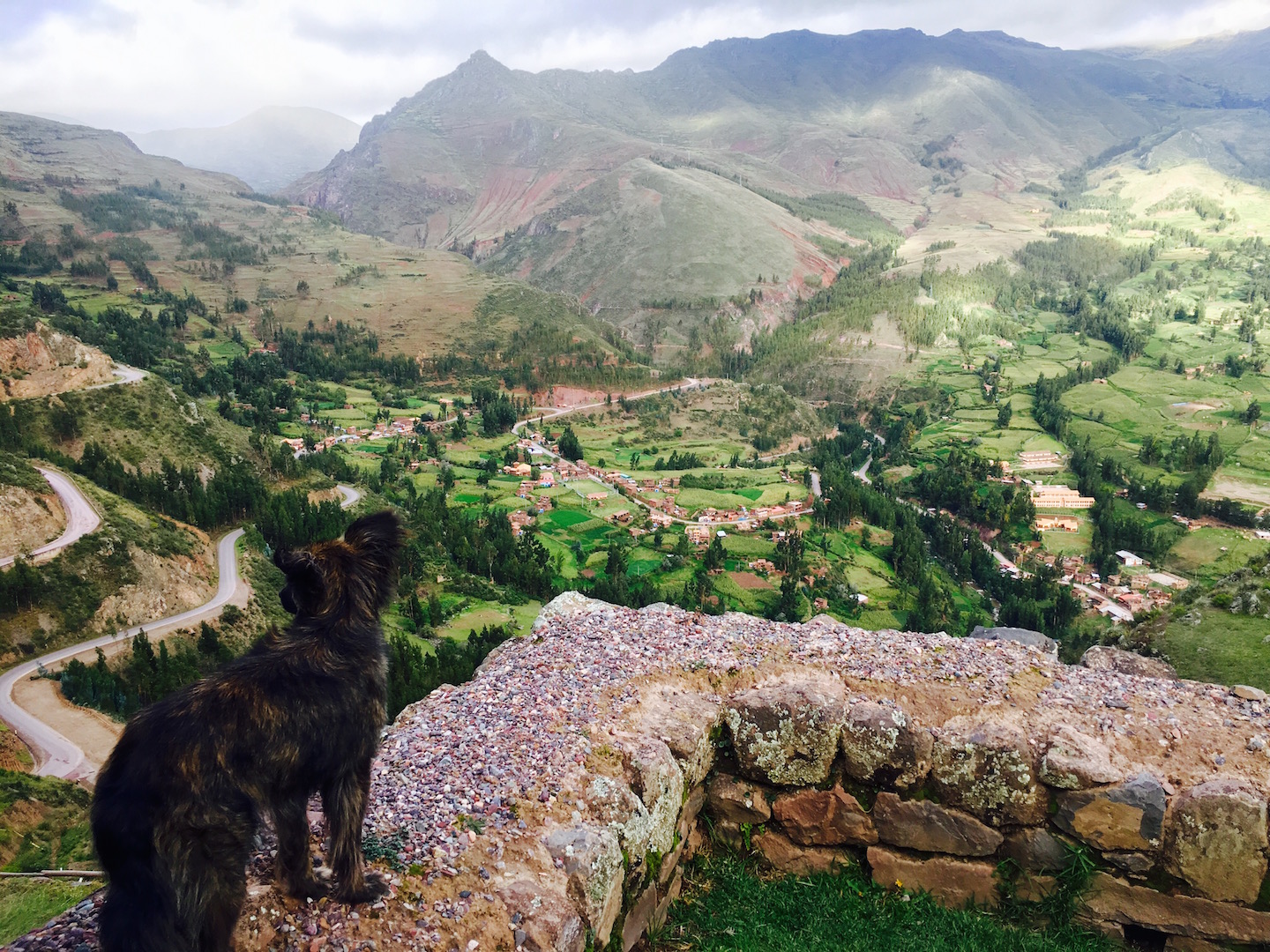
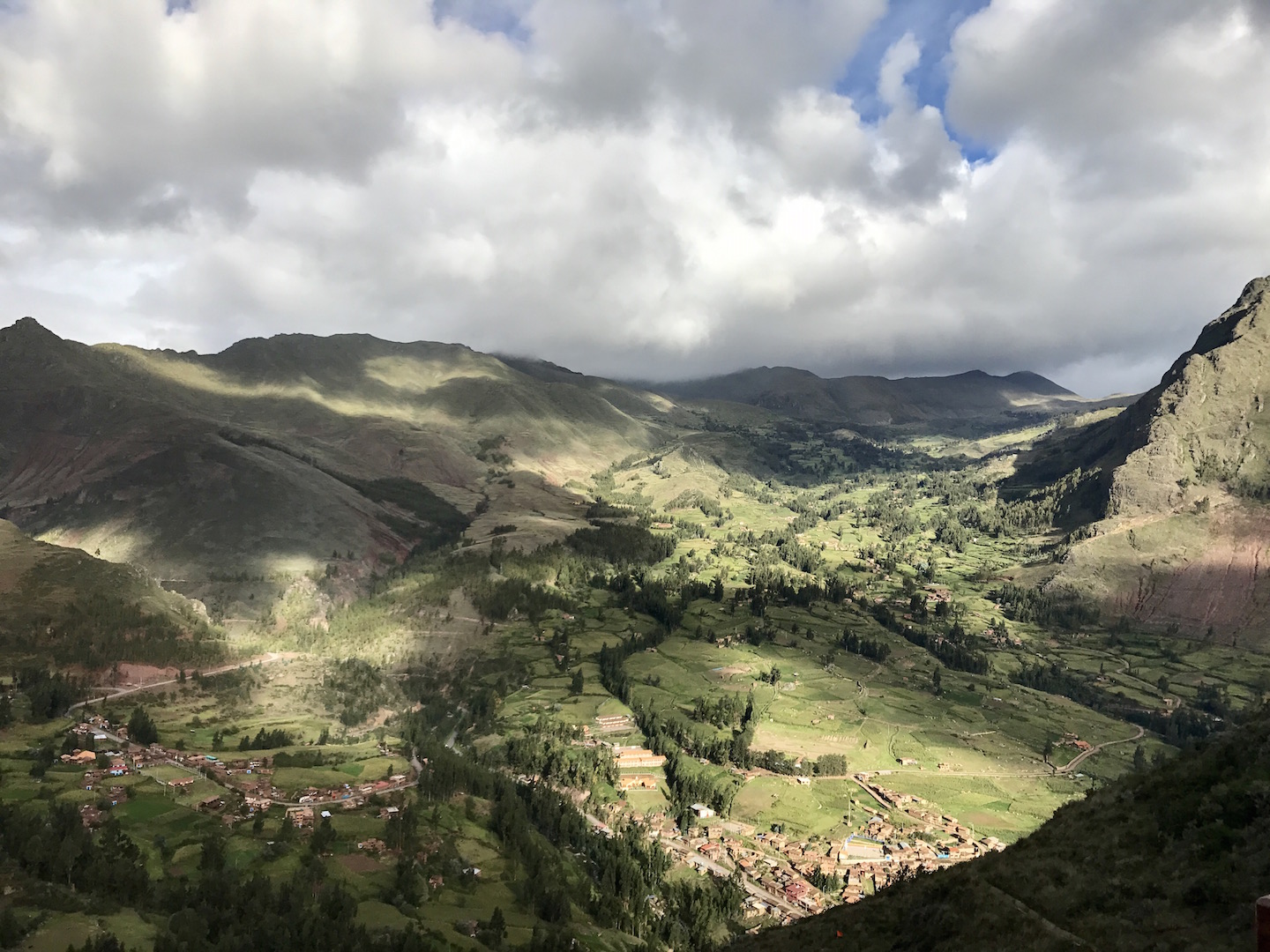
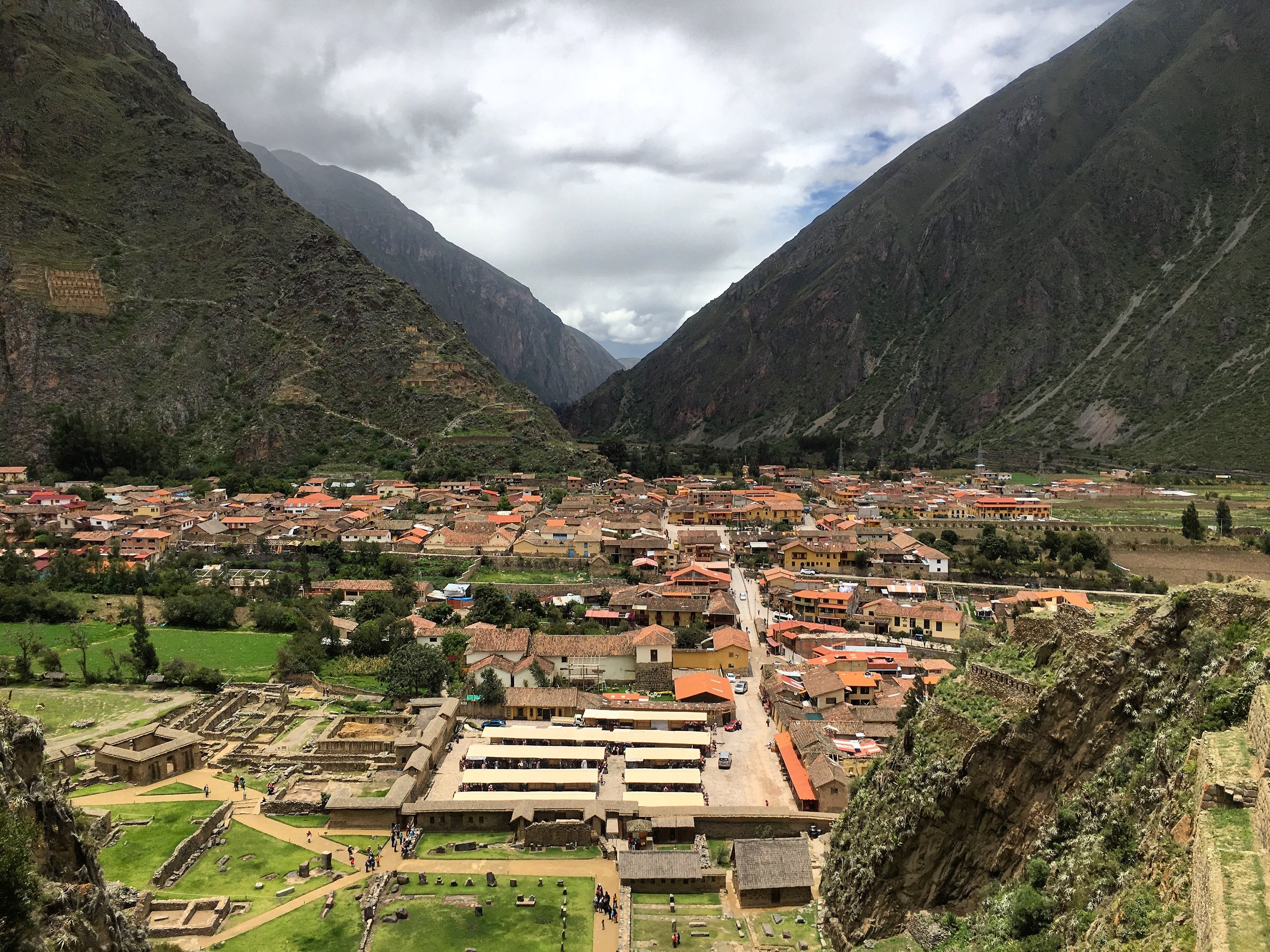
The little bulls. It is important to note the Spanish influence in this region. Because the Spaniards came in and pretty much took over the Incas, you will find influences of the Spanish culture throughout this area. There are a lot of negatives to the Spanish conquest, of course, but an important spiritual symbol to the Peruvian Andeans is the Torito de Pucará. Toro means bull in Spanish. Many Peruvians in the Sacred Valley have this relic on the top of their roof (see picture). It is believed that the little bulls will watch over livestock procreation, protection, fertility, and happiness in the home. The duality of the two bulls create a balance of positive and negative energy.
Colegio intercultural. Sol y Luna Colegio Intercultural is the school our hotel, where we stayed in the Sacred Valley, founded for local children. The school assists students in the area, providing full and partial scholarships, regardless of a child’s background or academic ability. Because this valley is very rural, some children would have to walk far distances (sometimes up to 2 hours) to attend school, or not attend at all. Sol y Luna Colegio Intercultural serves 163 students and provides room and board for those children who live far away. Medical care as well as assistance for children with special needs is also provided. We loved learning about the hotel’s endeavors in supporting the local community!
Taking the long way. Well, I must talk about the pinnacle of our time in the Sacred Valley: Machu Picchu. It is hard to describe in a blog the magnitude of what is known as the “Lost City of the Incas”. Another UNESCO world heritage site and one of the Seven Wonders of the World, Machu Picchu seems unreal. We started our day by train, the only way up to the foothill town of Aguas Caliente, where you begin your ascent to Machu Picchu. I don’t know about you, but it’s been a minute since I’ve last been on a train, so this part of the journey already puts you in the right frame of mind for what you are about to see. After a near 2 hour train ride, we were ready to then jump on a bus and make our final leg of the journey to the top. However, there is no just jumping on any mode of transportation on the way to Machu Picchu, I quickly learned. There are masses of people from all different cultures, nationalities, and age ranges, all waiting to do the same exact thing. This little cultural melting pot is very cool but also a bit of a cluster. So, Russ and I made a split decision to skip the lines and hike to the top. No biggie, right? After almost 2 hours of continuous ascending of stone stairs, through the humid jungle, dodging snakes, condors and pumas, with hearts pounding and little oxygen (again, that pesky altitude thing), we made it to the top. Okay, maybe I made up the part about snakes, condors, and pumas, but it added a little something, didn’t it? We were a bit of a sweaty mess when we finally arrived, but it made the experience that much better. Words won’t be able to do Machu Picchu justice, so I will just provide pictures. It’s incredible.

